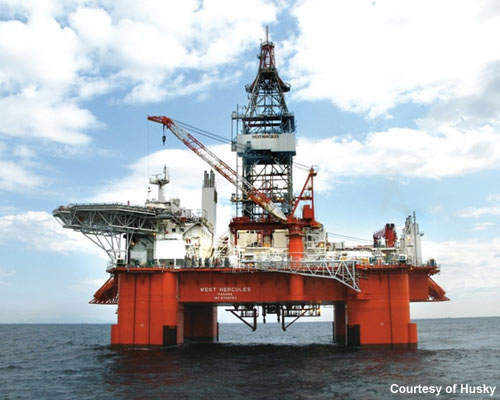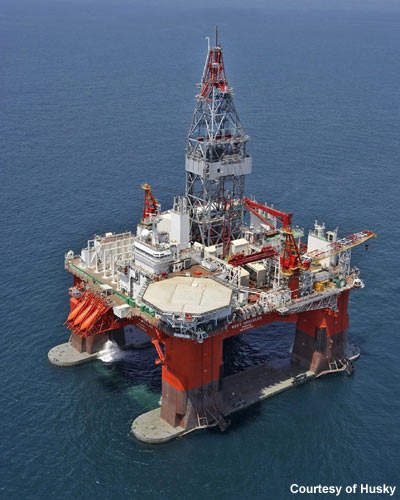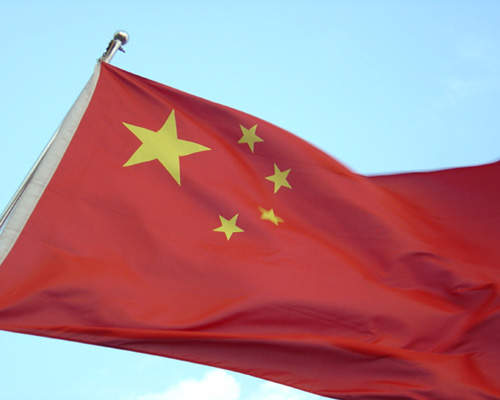The Liwan 3-1 gas field sits in licence block 29/26 in the South China Sea, 350km south-east of Hong Kong in the Pearl River Mouth Basin. It lies in an average water depth of 1,300m.
In 2004, Husky Energy signed a production sharing contract with China National Offshore Oil Corporation (CNOOC) for the 3,965km² block.
Husky is the field’s operator, although CNOOC has the right to participate in the development for up to a 51% working interest.
Husky has allocated a capital expenditure programme of $500m for all its projects offshore China and Indonesia.
While the company did not disclose the capital expenditure for Liwan, delineating and evaluating the discovery was the major focus of the 2009 programme.
The FEED study for the development of Liwan 3-1 was completed in February 2010. Husky and CNOOC signed a Heads of Agreement for the project in December 2010.
In September 2011, development of the field was approved by Husky Energy. Development is expected to begin after approval of the Overall Development Plan (ODP) submitted to the Chinese Government. Gas produced from the field will be sold to CNOOC Gas & Power Group through the Guangdong province natural gas grid.
Liwan 3-1 discovery and geology
The Liwan 3-1 field was discovered by the Liwan 3-1-1 well in 2006.
The discovery well indicated a possible contingent resource of four to six trillion cubic feet of gas – China’s largest-ever offshore natural gas discovery.
The Liwan 3-1 gas field is located on the eastern end of the Zhu II Depression, seeking objectives in the Upper Oligocene Zhuhai Formation and Lower Miocene Zhujiang Formation.
Appraisal drilling
In January 2007, Husky Oil China, a wholly owned subsidiary of Husky Energy, signed a three-year contract worth $580m with Seadrill Offshore for the West Hercules deepwater semi-submersible drilling rig, with extension options. Built at the Daewoo shipyard in South Korea, the rig can run parallel drilling operations, is designed with a dynamic positioning system and can operate in waters up to 3,000m deep.
The rig began drilling the first appraisal well, Liwan 3-1-2, in November 2008. The well’s location was selected and drilled using 3D seismic data supplied by China Oilfield Services, and was drilled to a total vertical depth of 3,887m below sea level – making the deepest natural gas discovery offshore China so far – on a large structure with 55km² of mapped closure.
The well logged 36m of net gas pay over the main reservoir zone. In February 2009, Husky said the well flowed at an equipment-restricted rate of 53MMcf per day of gas, indicating that future deliverability could be more than 150 million cubic feet per day per day.
This well was completed and the West Hercules moved to another location in the field to drill the second appraisal well, Liwan 3-1-3. Drilling and testing of Liwan 3-1-3 was completed in May 2009. The well was located in a water depth of 1,449m and reached a total depth of 3,688m. West Hercules also drilled a third well, which flowed at a rate of 52MMcf per day.
Development of the field is likely to be carried out by subsea wells tied back 100km to one or more central processing platforms located at a water depth of 200m.
From there, the gas will be piped by a 260km subsea export pipeline to a new onshore gas processing facility for full processing. First production is planned for 2013.
Husky is planning to develop the field in parallel with the Liuhua 34-2 field in the China Sea. The fields will have common gas processing and transportation facilities.
Contractors for Liwan 3-1
In March 2009, WorleyParsons was awarded the contract to carry out FEED studies at the field. The company is also responsible for estimation and planning of the project.
WorleyParsons will also provide its services to prepare engineering, procurement and construction tenders for different packages. Consequently, it will not participate in the EPIC phases of the project.
In April 2011, CETS, a joint venture of Expro and China Oil Field Services, was contracted to execute subsea well testing services for the field.
Saipem was awarded a contract in May 2011 to engineer, procure, construct and install two 79km-long pipelines with a 22in diameter, umbilicals and a subsea production system.






